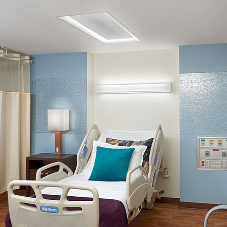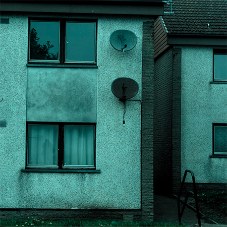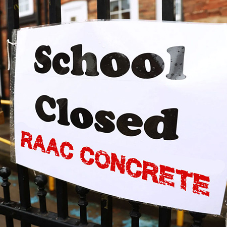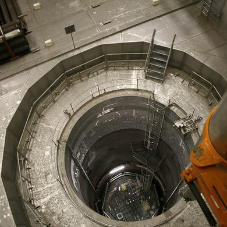The British High Street as we know it has been struggling for a number of years now. The rise of online shopping and skyrocketing rental prices have led to many retailers collapsing or closing many of their locations in a bid to stay afloat. Coronavirus of course hasn’t helped either, major chains including Marks & Spencer, Debenhams and John Lewis have all laid off staff and shut stores this year. As a result there are empty buildings in prime locations on the High Street up and down the country.
A recent study by retail analysis firm Springboard showed that empty shops on Britain’s high streets were at their highest level in 6 years. Greater London suffered by far the worst compared to other regions, with empty shops increasing by nearly two thirds.
One think tank, The Social Market Foundation (SMF) recently published a report that said: “the decline of the traditional high street could not be reversed with policies that try to turn the clock back to a time before online shopping.” The think tank said that the government should focus on turning town centres into residential hubs with the possibility of building up to 800,000 new homes on Britain’s high streets.
With the changing nature of our town centre’s there are plenty of opportunities for developers and construction companies to take advantage of empty buildings, in prime locations, without the need for construction from the ground up. There has also been a willingness of recent UK governments to relax planning restrictions in order to create additional homes, given the well publicised housing shortage in the UK over the past few years.
There are several advantages to building homes in unused buildings on the high street such as:
• They are in prime locations with good transport links that are already established.
• It avoids using greenbelt sites for new property building and uses brownfield sites instead which planning authorities tend to favour.
• It could give businesses that remain on the high street a boost, with more residents they will have more potential customers.
Some firms are already looking into the opportunity of high street development. Churchill Retirement Living recently put out a request to be alerted to empty retail units, commercial units, office blocks, car showrooms, pubs and hotels, in order to convert them into thriving retirement communities.
Similarly, last year developers, Gape Equity Ltd, secured planning permission to convert part of an empty unit in Birkenhead town centre into 59 apartments. At the time Wirral council were very open to this idea with Wirral Chamber of Commerce chief executive Paula Basnett being quoted as saying: “This is great news for both Birkenhead and Wirral. At a time when towns are noticing a drop in footfall, this type of regeneration is actively placing people in the heart of our town centre.”
The coronavirus pandemic has accelerated a change on the high street that had been coming for some time. But with this change there are some fantastic opportunities for the construction and manufacturing industry, purchasing some of these empty high street building and converting them to housing is a great repurpose. All that is required now is for some visionary developers to seize the opportunity.
Related Blog Articles


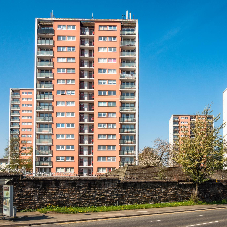
crop192.png)
